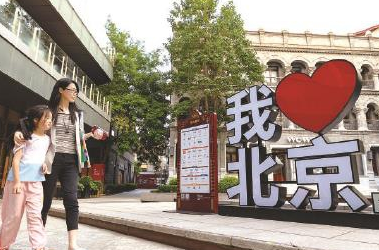Aerial Commuting, Delivery... Low-Altitude Air Routes Set to Open in Beijing
Recently, Beijing Municipal Bureau of Economy and Information Technology issued the Action Plan for Promoting High-quality Development of Low-Altitude Economy Industries in Beijing (2024-2027) (Draft for Comment) to solicit public opinions.
It is reported that by 2027, Beijing plans to open over three low-altitude air routes connecting the downtown with its surrounding areas. These routes will support over ten new application scenarios including emergency rescue, logistic distribution, air shuttling, inter-city commuting and characteristic cultural tourism. This initiative will help establish a largely-completed networked infrastructure system and an application ecosystem for the low-altitude economy.
For emergency rescue, the construction of the Fangshan base will be accelerated. This base will promote the use of general aviation for citywide emergency communication, firefighting, patrol and inspection.
For logistic distribution, Beijing will use Badaling Airport in Yanqing District as a hub to open air routes including the northwest logistics branch line. A new distribution model combining drones and buses will also be developed.
For inter-city commuting, air routes will be established between Beijing Daxing International Airport and Xiong'an New Area, as well as between Beijing Capital International Airport and Tianjin, Langfang, and other areas to facilitate commuting.
For characteristic cultural tourism, low-altitude tourism and flight experience programs will be developed in Yanqing, Pinggu, Miyun, and other districts.
To strengthen the competitiveness of the entire low-altitude manufacturing industry chain, Beijing will support the research and manufacturing of advanced aircraft. This includes encouraging districts to introduce and develop advanced aircraft manufacturing programs for drones and eVTOL (electric vertical takeoff and landing) vehicles, and fostering the development of core components and materials like engines. By 2027, Beijing aims to cultivate 10 leading enterprises, each with a business size of more than CNY 1 billion, 50 core supporting enterprises in the industry chain, each with a business size of more than CNY 100 million, and 100 technology service enterprises of similar scales.
(Sources: Beijing Release, Beijing Daily App)




